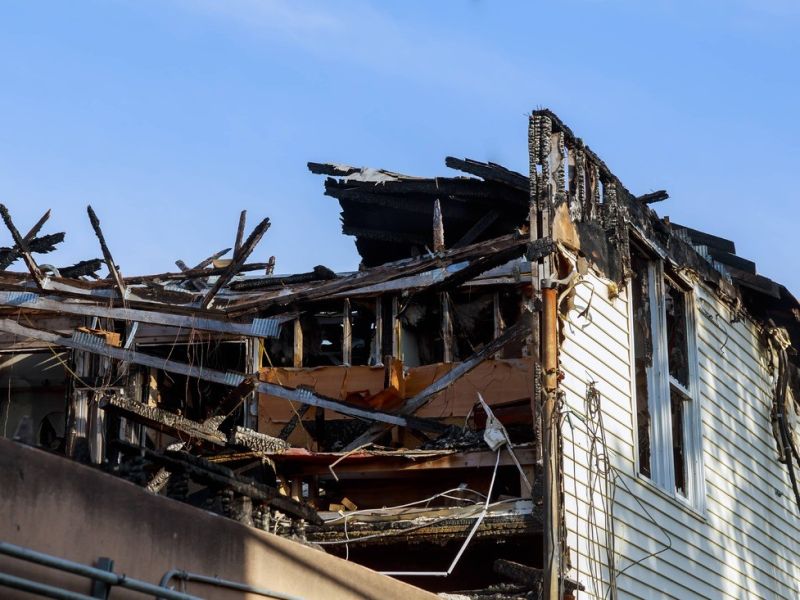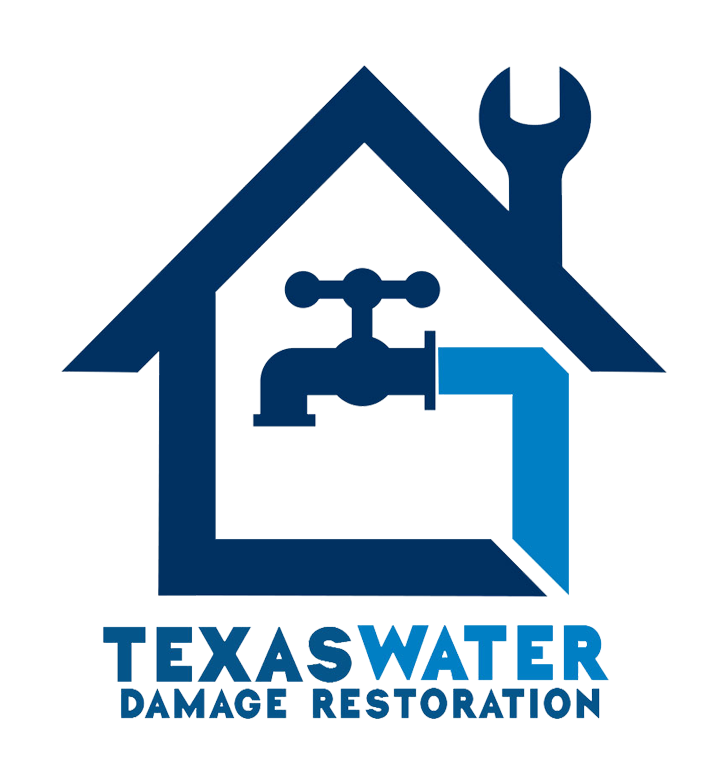
The Importance of Maintaining Building Materials
Building materials play a crucial role in the structural integrity and aesthetics of any building. However, over time, these materials can get damaged due to various reasons such as wear and tear, accidents, or natural disasters. It is essential to promptly identify and address damaged building materials to prevent further deterioration and maintain the overall quality of the structure.
Identifying Damaged Building Materials
Before initiating the removal and replacement process, it is crucial to identify the damaged building materials accurately. This can be done through thorough inspection and assessment by professionals or experts in the field. Signs of damaged building materials may include cracks, rot, mold growth, warping, discoloration, or structural instability.
Factors to Consider Before Removing Damaged Building Materials
Prior to removing damaged building materials, several factors need to be considered:
- Safety: Ensure that the area is safe for work and that all necessary precautions are taken to protect workers and occupants.
- Extent of Damage: Evaluate the extent of the damage to determine the scope of the replacement project.
- Permits and Regulations: Check local regulations and obtain any necessary permits for the removal and replacement process.
- Availability of Replacement Materials: Ensure that suitable replacement materials are available to avoid delays in the repair process.

Procedure for Removing Damaged Building Materials
The following steps outline a typical procedure for removing damaged building materials:
1. Preparation and Safety Measures
Prioritize safety by wearing appropriate protective gear, isolating the work area, and securing necessary tools and equipment. Ensure that the work environment is well-ventilated and free from potential hazards.
2. Detaching the Damaged Materials
Using the appropriate tools and techniques, carefully detach the damaged building materials from the structure. This may involve removing screws, nails, adhesive, or other fasteners holding the material in place.
3. Minimizing Dust and Debris
Dust and debris can be generated during the removal process. Take steps to minimize their spread by using containment measures such as plastic sheeting or dust control systems.
4. Proper Disposal of Damaged Materials
Dispose of the damaged building materials following local waste disposal guidelines. It is important to handle hazardous materials, such as asbestos or lead-based paint, according to specific regulations.

Replacing Damaged Building Materials
Once the damaged materials have been removed, the replacement process can begin. Follow these steps to ensure effective replacement:
1. Assessing Replacement Needs
Thoroughly assess the extent of replacement needed and make a list of the materials required. Take measurements, consider color matching, and consult with professionals if necessary.
2. Acquiring Replacement Materials
Source suitable replacement materials that match the original specifications or seek expert advice to identify suitable alternatives. Consider factors such as durability, compatibility, and cost-effectiveness.
3. Installation and Finishing
Follow the manufacturer’s instructions and recommended installation techniques to ensure proper fitting of the replacement materials. Pay attention to details such as sealing, insulation, and finishing touches to achieve a cohesive and visually pleasing result.
4. Quality Assurance
After the replacement process, conduct a thorough inspection to ensure the new materials are securely installed, aligned correctly, and meet the desired standards of quality and functionality.
FAQ
What are some common causes of damaged building materials?
Should I attempt to remove and replace damaged building materials on my own?
For professional assistance in removing and replacing damaged building materials, contact Texas Water Damage Restoration Pros. They offer a wide range of restoration services, including fire damage restoration, water damage restoration, and mold removal.
For more information, visit:
